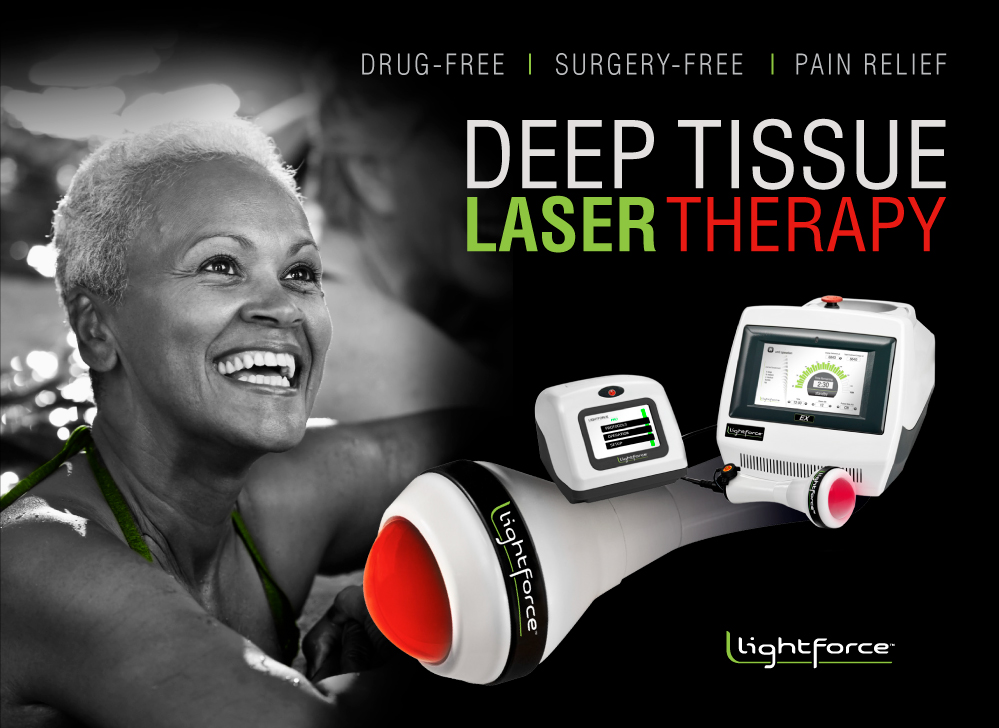Laser has been used successfully in physical medicine and rehabilitation for a lot more than 30 years in a variety of parts of the world and has begun to improve in popularity in america since the FDA has cleared its use for a number of medical indications. Laser treatment involves introducing the power of light into damaged or injured tissues to market healing through the stimulation of ATP production and lymphocyte activity among other physiological responses.
In america, the FDA has thoroughly evaluated and subsequently cleared numerous laser devices for the treating neck and shoulder pain and carpal tunnel syndrome. The FDA has also cleared infrared light, that is light energy with wavelengths longer than visible light, to accomplish the following:
increase local the circulation of blood
alleviate minor muscle or joint aches, pain, and/or stiffness
relaxation of muscles
relieve muscle spasms
ease the pain and stiffness of connected with arthritis
Though laser therapy has been used safely and effectively throughout the world in animal research because the 1960's and safely with humans since the 1970's, there are precautions pertaining to the use of laser and specific instances where laser shouldn't be used.

Only authorized and trained doctors should use laser for treatment. Because the beam of an infrared laser can't be detected by the human eye, protective eye wear that is designed for the wavelength being used should be worn to avoid accidental exposure. Infrared light will not usually cause the eye to blink for protect itself. Another precaution pertains to the application of laser over growth plates in the bones. Though hardly Look at more info , if any, studies have concluded that the use of laser has any negative influence on growth plates, it really is probably wise to avoid using a laser directly over them. Highly reflective jewelry ought to be removed from the region being treated, and treatment should not be done over or near reflective surfaces. Laser should only be employed to the region to be treated and really should not be used over areas where sensation has been compromised, because the patient is probably not able sense discomfort if the laser is too intense.
Laser shouldn't be used to irradiate the eyes, over cancerous tumors, within four to six six months of radiation therapy, over hemorrhage, over or close to the thyroid or endocrine glands, over a fetus or uterus during pregnancy, where the patient has sensitivity to light, if the individual is using medication that is photosensitive, or with patients that have vascular disease.
Laser use has shown effective for the treatment of several conditions, and may end up being effective in the treatment of others as the use of laser increases. However, when laser can be used caution should be exercised and attention ought to be paid to the conditions under which laser could be harmful to avoid negative effects.
